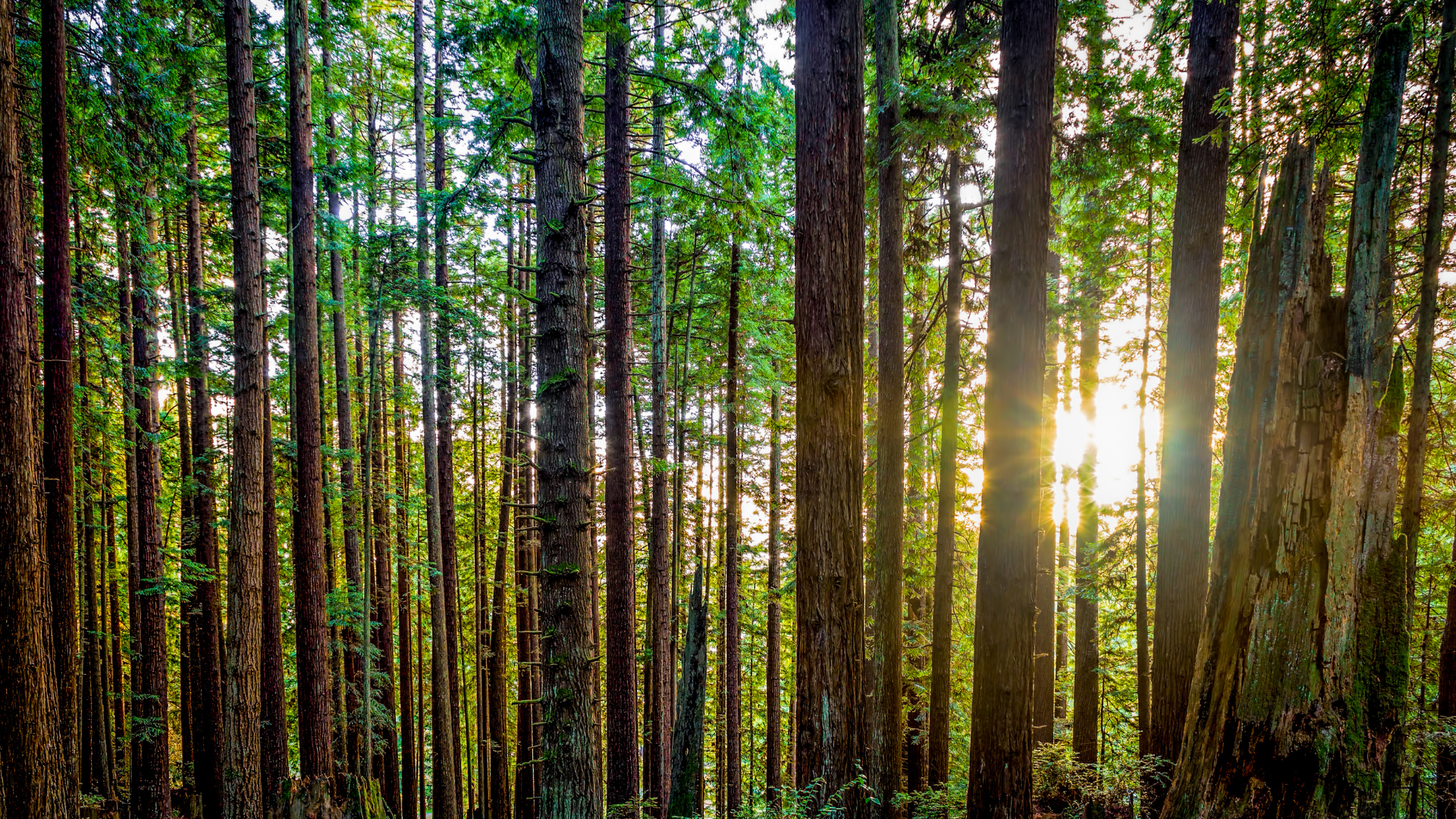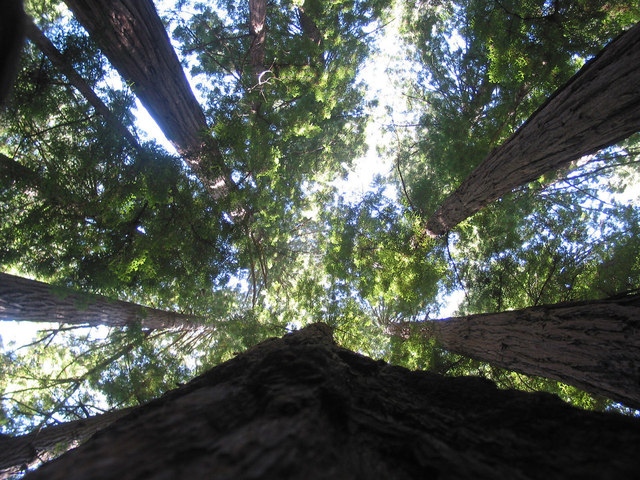
Threats to your Redwoods
Specific Redwood Issues
Phytophthora Root Rot
Phytophthora root rot is caused by a soil-borne organism. When first infected, the coast redwood’s foliage may wilt, yellow and dry out but remain on the tree. The leaf damage is because of the slow death of the redwood’s roots, which limit its ability to absorb adequate amounts of water. Eventually, the entire tree will turn brown and is unlikely to recover. If caught early enough, phytophthora root rot’s presence in the soil may be managed, or at least reduced, with the application of a fungicide containing potassium phosphate. But this is not always successful.
Armillaria Root Rot
Armillaria root rot rarely infects healthy coast redwoods. But stressed, under- or overwatered redwoods may fall prey to this disease. This soil-borne disease enters the plant through the roots, where it may be years before symptoms become noticeable. An infected coast redwood may slowly decline over a period of years, section by section. Or it may suddenly wilt and then die in a few weeks. To identify armillaria root rot, pull back the tree’s bark. Infected trees will have white or yellow fan-shaped mycelium growing between the bark and the wood. There is no cure for armillaria root rot. Infected trees should be uprooted and destroyed and the soil sterilized before another tree is planted in its place.
- Phytophthora root rot is caused by a soil-borne organism.
- When first infected, the coast redwood’s foliage may wilt, yellow and dry out but remain on the tree.

Botryosphaeria Canker
This fungus feeds on the cambium, sapwood and inner bark of weakened trees, forming large cankers. As these cankers grow, the fungus develops pimply black fruiting structures. The cankers will eventually girdle the branch, cutting of the nutrient supply to the leaves. To get rid of botryosphaeria canker, prune away the infected plant tissue.
Watering Issues
This is an important consideration as more and more sites are being watered with reclaimed water. The drawback to this water is the high salt content of most reclaimed water. At Arborwell, we can recommend ways to reduce the salt build-up from reclaimed water. This is important because too much salt will cause problems with many trees. If your site has reclaimed water, the advanced moisture sensors we use also measure salinity. This helps us watch and act to reduce the salt build up before it affects the trees.
Pests
Spider Mites – There are many species of spider mites, but their control is similar. The most important distinction between types is determining if you have warm season mites or cool season mites. This determines the timing of some of the treatments. There are a variety of ways to control mites, including ways to reduce populations naturally.
Bark Beetles – Bark beetles in particular, lay their eggs inside the bark of trees. When the larvae hatch, they begin to feed on the living tissue just inside the bark layer. This slows or stops the transportation of water and nutrients up and down the tree. As they mature, they pupate into adults, exit the tree and look for more trees to attack. When enough bark beetle larvae are feeding on a particular tree, the tree can’t recover and dies. Sometimes the beetle will introduce a disease into the tree which either helps kill the tree, or increases the rate of wood decay, making it dangerous faster.
Tip Miners – While most massive redwoods scoff at the presence of pests, some pose more problems than others. Watch for signs like yellowed or browning leaves, which could indicate the presence of cypress tip miners.
Click the button at the top of the page to schedule an inspection today. Our ISA Certified Arborists can come up with a proactive plan to protect your Redwoods.